Amazon Echo Review (2017)
Amazon couldn't have hoped for a better response when it created the smart speaker market three years ago with the original Amazon Echo. What once seemed like a vaguely creepy gimmick – a virtual assistant housed in a slender black totem – has gone on to spawn multiple models along with numerous competitors. Now, Amazon has a new version of the Echo for 2017: smaller, and – at $99.99 – more affordable, but can it impress like the original did?
Hardware and Design
Shorter and friendlier, that's the 2017 Echo. Gone is the austere black or white plastic, and most of the height: the new Echo stands under 6-inches tall and comes wrapped in a soft fabric sleeve. It's less like a 2001 prop and more unobtrusive in your living room or on your kitchen counter.
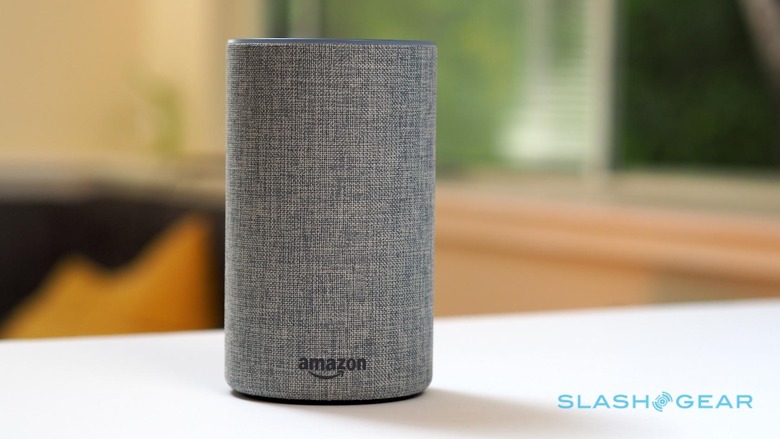
Better still, you can switch things up if you get grease spatters all over your Echo, or just because you've got bored. The center core slides out, and Amazon has six different sleeves which can replace it. Charcoal, sandstone, and heather gray are, at $19.99 apiece, the fairly nondescript fabric options. $29.99 gets you either oak or walnut veneer, or silver plastic. It's unclear if Amazon will allow third-party vendors to offer their own covers, but I think they'd be mad not to.
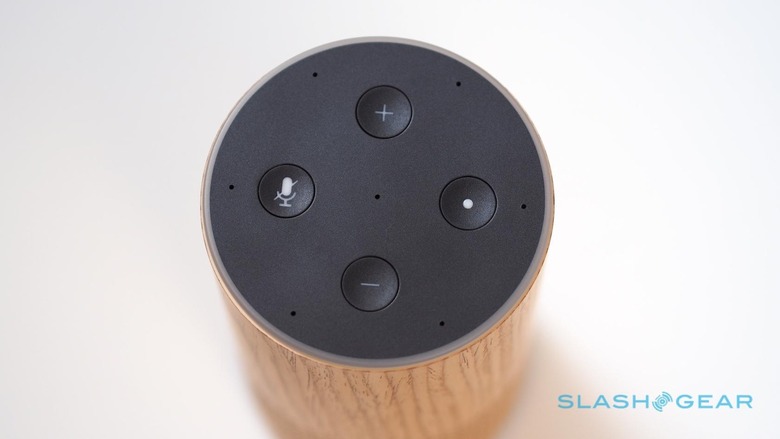
The circular top packs the same buttons as the cheaper Echo Dot: a key to trigger Alexa, the microphone mute, and volume controls. Gone is the original Echo's volume ring, though the rim of blue LEDs that show when the assistant is listening and processing remains. On the back there's the power socket along with a 3.5mm audio jack.
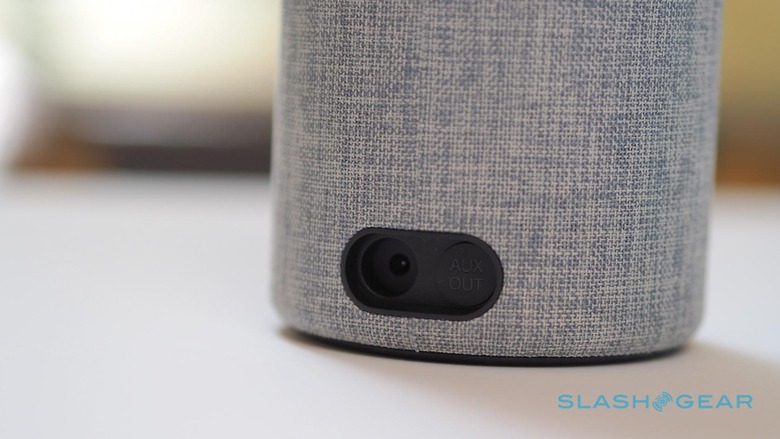
The latter is a new addition, again borrowed from the Echo Dot. It means you have two options for hooking up external speakers: either wired (supplying your own 3.5mm aux cable) or via Bluetooth. It's something you might want to consider, too.
That's because, despite the new 0.6-inch tweeter and 2.5-inch down-firing woofer, along with Amazon's boast of Dolby sound, the new Echo isn't going to win any awards for musical abilities. To be fair, it's an accusation we leveled at the original speaker, too: voice interactions sound fine, but music lacks bass and mids get murky, especially as you crank up the volume.
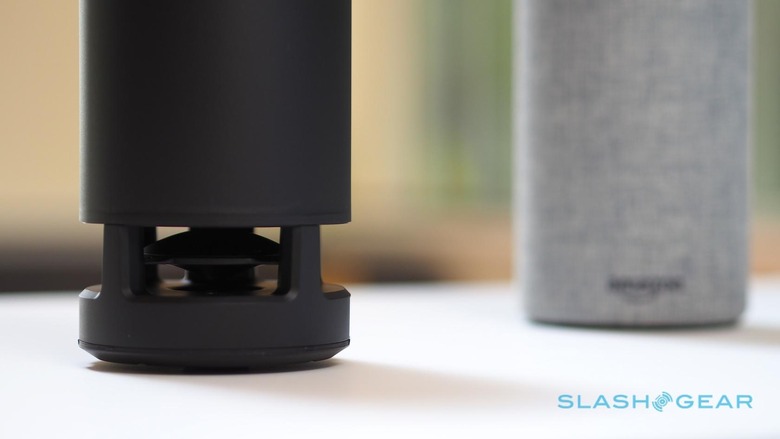
Perhaps that's because Amazon would rather sell you a more music-centric version. The Echo Plus is due imminently, priced at $149 and with beefier speakers. Step up to $199, meanwhile, and you find the impressive Sonos One, which has audio quality that frankly blows the Echo (2017) out of the water.
What I did notice is that Amazon's voice recognition – including spotting you calling the wake word from across the room – seems a little better. Not tremendously, and frankly if you don't have old and new side by side, you might not notice, but a pleasant improvement nonetheless.
Alexa's getting smarter
Usually, a new product will come with plenty of new features, but Alexa is an equal-opportunity assistant. Since her intelligence is all in the cloud, and with Amazon pushing out aggressive feature updates – adding abilities often as frequently as weekly – your three year old Echo basically has the same talents as this new one.
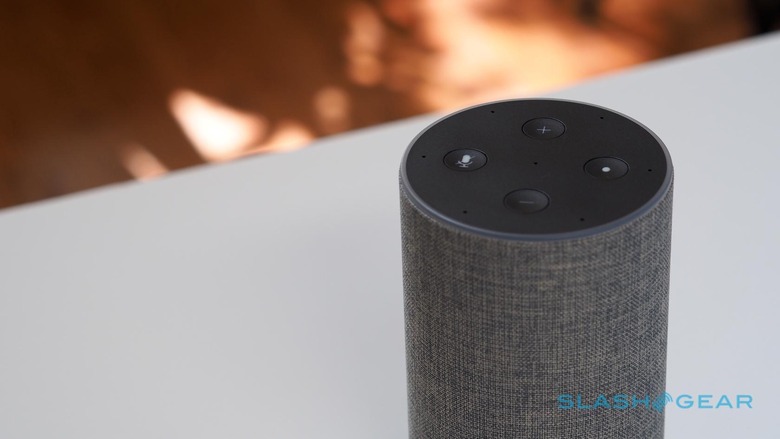
It means adding to an Alexa-powered home lacks some of the upgrade anxiety other gadgets suffer. If you're already an Alexa user, you can throw a new Echo into the mix with your existing model and easily spread the functionality to a new room or area. Courtesy of Amazon's "Echo spatial perception" it's only the closest smart speaker that will respond when you speak, even if several are within earshot.
With the Google Home bringing some heavyweight competition, Amazon has been fighting to stay ahead. Alexa can now differentiate between multiple users by voice – each person training her with ten phrases – and use different accounts for music and more accordingly. There's free Echo-to-Echo calling and, with the upcoming Echo Connect, the ability to use the speaker for your landline or VoIP calls too.
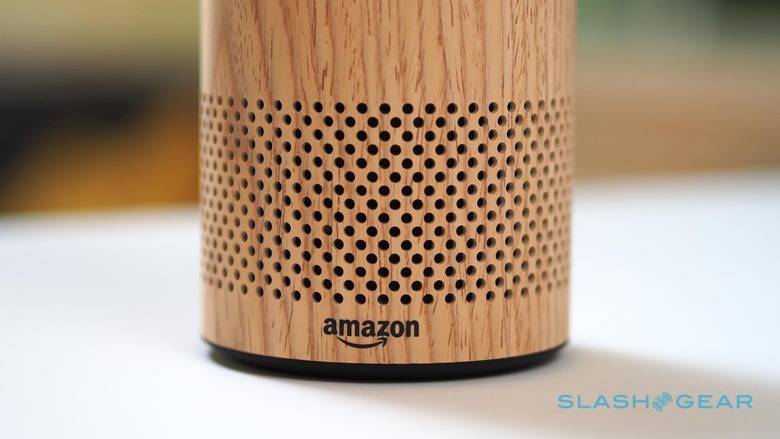
The biggest improvements, arguably, are around smart home integration. One of Alexa's most compelling talents is hooking into third-party connected home gadgets, and allowing you to bypass their individual apps. If you've ever wanted to live on a Star Trek ship, this is perhaps as close as you can get.
So far, you've been able to control a single device with a command. However Amazon is adding routines: effectively macros that control multiple devices at once. Saying "Alexa, goodbye" could cause your smart locks to throw their bolts, your lights to turn off, the thermostat to lower, and the garage door to open.
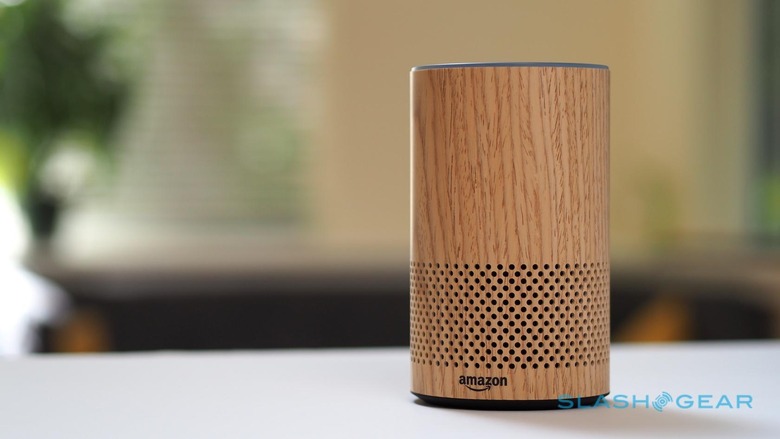
Combined with greater understanding of where you are in the home based on which Echo you're interacting with, and the ability to make assumptions about which lights or other devices you mean accordingly rather than have you specifying them, and Alexa shows signs of becoming more and more useful. Still, if you're serious about the smart home, you might want to opt for the Echo Plus instead, since that has a ZigBee radio that connects directly with many of the IoT gadgets out there.
What about the competition?
Alexa's main rival is the Google Assistant, predominantly embodied in the Google Home and newer Google Home Mini. If you're a Google services devotee then the Assistant probably has an edge. Google also beat Alexa to things like multi-user speech recognition, though that's only one of the battlefields the two companies have sparred on.
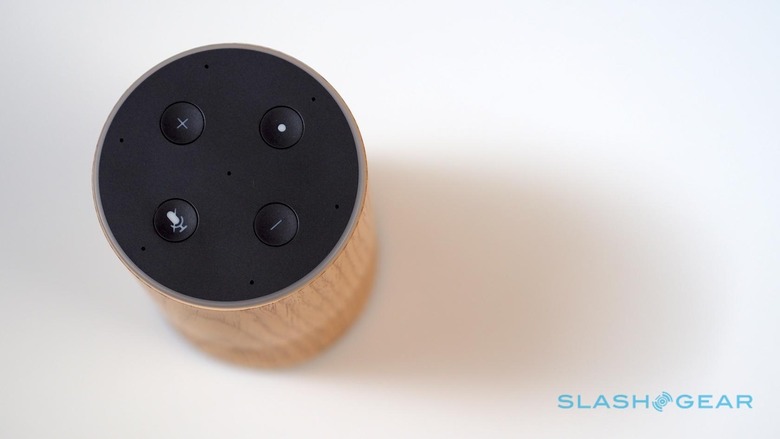
Amazon still has an edge in Alexa's third-party talents, or "skills", however. Their list of compatible smart home devices is longer and, at a time when developers are having to decide which virtual assistant technology to invest their time into, it still feels like Alexa is ahead. If you have something specific in mind, it's worth checking compatibility before you buy.
MORE Harman Kardon Invoke Review
The wildcard is Microsoft's Cortana, just recently getting a smart speaker of its own. Harman Kardon's Invoke undoubtedly sounds better than the Echo (2017), though it's also twice the price. It significantly lacks in features, too: fewer third-party integrations, and no multi-user niceties. Right now, it's an interesting platform to monitor, but I think most households would be better served with Amazon or Google's versions.
Wrap-up
In many ways, there's no downside to the new Echo. It's half the price of its predecessor, more compact and more attractive, and gets every talent and skill added over the past three years. You're no longer limited to one design, either, and the voice recognition is a little improved.
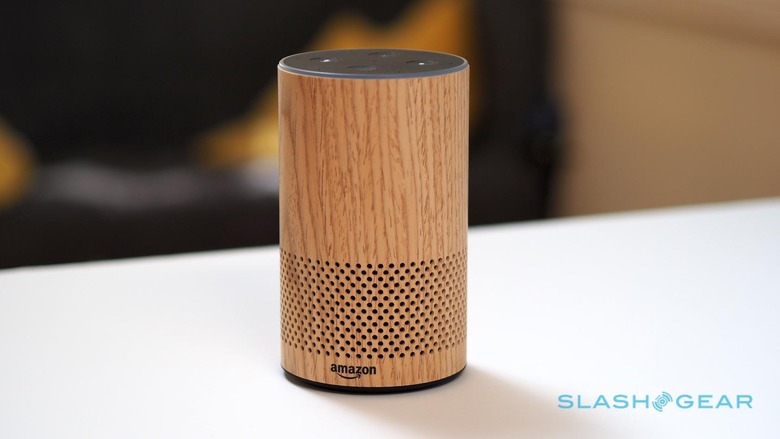
Still, the marketplace has evolved quickly, and the alternatives are strong. If you've not already bought into the Alexa ecosystem, Google's Assistant definitely bears considering. If listening to music is your primary intention, the Sonos One may be more expensive but it seriously out-performs the new Echo in audio quality. Plus, Sonos intends to add Google Assistant support next year, making it a good hedge as each platform develops.
For now, though the Echo Dot is cheaper, the new Echo out-performs it in sound. That makes it more compelling for rooms where you might want to actually spend time interacting rather than just issue the occasional instruction. The original Echo started a movement; now, Amazon is fighting tooth & claw to stay at the forefront of it.
